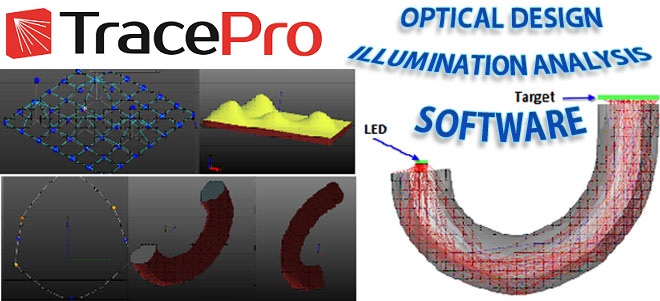- Home
- Services
- Software
- Optical Design Software
- Illumination Software
- Optiwave : Photonics Tool
- Thin Film Coating Software
- USB Via Network
- Diffraction Grating
- Beam Profiler Software
- LED Design Software
- General Lighting Software
- Bio-Medical Software
- Solar Software
- Automotive Software
- Aerospace & Defense Optics
- University Software
- Light Measurement
- Optics
- Machine Vision
- Filter
- CCTV
- Products
- Knowledge
- Database
- Training
- Contact
- Catalog


